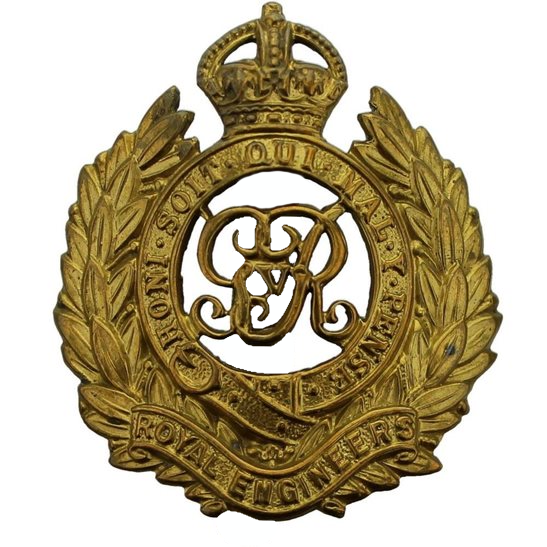Personal Details
Born: 11 July 1891 in Whitchurch, Shropshire and baptised on 7 August the same year in St. Alkmund’s Church, Whitchurch.
Family: He was the eldest of six surviving children born to George Porter, a railway worker, and his wife Margaret. He married Jane Jones in 1918 in Wrexham, Denbighshire, Wales and together they had two children – Charles A and Stanley E.
Residence: His family was living in Edgeley, Whitchurch at the time of his baptism, living in Edgeley Road in 1901. In 1911 the family lived at 47 Edgerton Road, Whitchurch although Reginald was not living with them. The 1919 Absent Voters’ Register records his address as 7 Claypit Terrace, Whitchurch which was the address he lived at in 1939. At the time of his death he lived at 33 Grindley Brook, Whitchurch.
Employment: In 1939 he was a telecommunications foreman working for the GPO Engineering Department.
Died: In 1964 in Whitchurch, aged 73, and was buried on 13 April that year in Whitchurch cemetery.
Military Details
Regiment: Royal Engineers
Rank: Sapper
Service Number: 93810
Date of Enlistment: Not known
Date of Discharge: Not known
Reason for Discharge: Not known
Reginald was awarded the Campaign Medals (British War Medal and Victory Medal)

The British War Medal (also known as 'Squeak') was a silver or bronze medal awarded to officers and men of the British and Imperial Forces who either entered a theatre of war or entered service overseas between 5th August 1914 and 11th November 1918 inclusive. This was later extended to services in Russia, Siberia and some other areas in 1919 and 1920. Approximately 6.5 million British War Medals were issued. Approximately 6.4 million of these were the silver versions of this medal. Around 110,000 of a bronze version were issued mainly to Chinese, Maltese and Indian Labour Corps. The front (obv or obverse) of the medal depicts the head of George V. The recipient's service number, rank, name and unit was impressed on the rim.
The Allied Victory Medal (also known as 'Wilfred') was issued by each of the allies. It was decided that each of the allies should each issue their own bronze victory medal with a similar design, similar equivalent wording and identical ribbon. The British medal was designed by W. McMillan. The front depicts a winged classical figure representing victory. Approximately 5.7 million victory medals were issued. Interestingly, eligibility for this medal was more restrictive and not everyone who received the British War Medal ('Squeak') also received the Victory Medal ('Wilfred'). However, in general, all recipients of 'Wilfred' also received 'Squeak' and all recipients of The 1914 Star or The 1914/1915 Star (also known as 'Pip') also received both 'Squeak' and 'Wilfred'. The recipient's service number, rank, name and unit was impressed on the rim.

